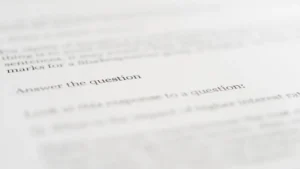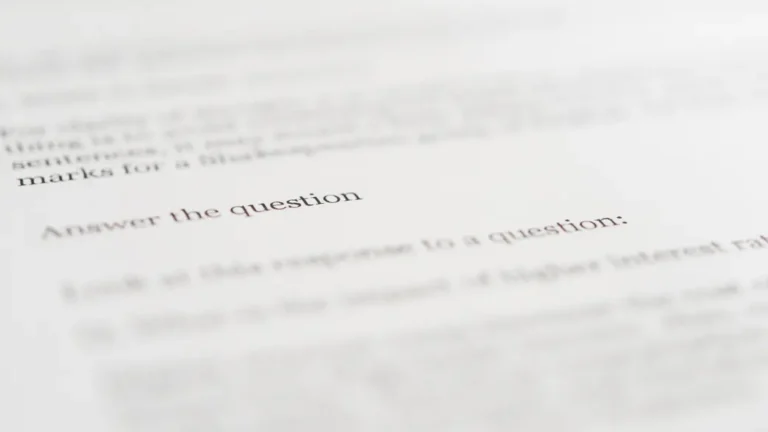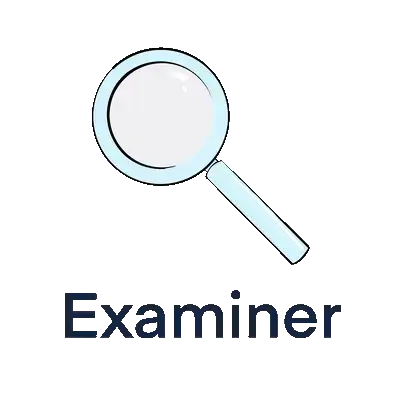How to get a grade 9 in a Jekyll and Hyde essay
Achieving a grade 9 in an essay focused on Stevenson's novella 'Dr Jekyll and Mr Hyde' is very challenging. This guide gives you a starting point from which to achieve your aims. Looking at quotations, literary terminology and structures, we explore the basis from which to craft a top band essay at GCSE or IGCSE.
How to Introduce Your Essay
Firstly, check the exam board’s assessment objectives. It is always a good idea to show the examiner that you know the basics of the author and a bit of background. If you do need to include context, the introduction is a good place to go ahead and drop in a fact about the novella. If not, do still mention the date and the author’s name. Following this, your introduction should outline the three main points you are making. In a theme question, this will focus on three places where the theme is clear; in a character question, this will focus on three elements of Stevenson’s characterisation.
Optimising Essay Structure
Using a clear structure makes it much easier to write a successful essay on Jekyll and Hyde. Try to use a PEE (Point, Evidence, Explanation) structure for each paragraph. This will start with a topic sentence and move on to use quotations from the text to support your points. Finally, link the topic sentence to the effect on the reader and explain how this changes or enhances the reading experience.
What Are the Top Quotes?
If you are exploring a theme question such as duality or appearance vs reality, you should look for thematic quotations such as that posed by Henry Jekyll in his final account: “man is not truly one, but truly two”. If you are focusing on a character question, you need to explore differing aspects of that character and can use quotations which show Jekyll’s anguish such as “the moment I choose, I can be rid of Mr Hyde”. Quotations provide evidence to support your arguments. They need to be analysed and linked to the topic or focus of your essay.
Ideas for Essay Titles
If you are practising for a GCSE or IGCSE examination, you should start with past papers. You don’t have to stick to those provided by your own examination board, but do be careful of different assessment objectives. If you have exhausted these, ask your teacher or tutor to give you some that they have written. Finally, you can invent your own based on either character or theme.
Main Themes in Jekyll and Hyde
Jekyll and Hyde explores various contrasting themes, including good vs evil, the conflict between science and religion, guilt and immorality. You should ensure you have a list of these so you are well prepared for your examination. If you look back over recent exams, you will find themes which have been referenced in past papers and you can use these to develop your ideas. Some of the main themes are duality, science vs nature, humanity and deception.
What Literary Devices Are Used?
Stevenson was a master of literary devices. He uses personification to great effect and particularly explores pathetic fallacy when it comes to expressing the links between the weather and his characters’ emotions. Stevenson’s ability to create character is shown in his use of imagery, dialogue and sentence structure, amongst other things. Explore the mark scheme for your specific GCSE or IGCSE paper to check for other literary devices.
Understanding Mark Schemes
One of the most useful things you can do is to check the individual mark scheme for your exam board. Some ask for contextual information, whereas others focus more on language analysis. Review the notes given for grading the top bands and try to give an honest reflection of how your essay matches up to these. A teacher or tutor can help you with more information on how to achieve the top grade.
Summing It Up: Conclusion
Remember that your conclusion is the final impression you give the examiner – you want to leave them with a good impression. Do you best to be clear and concise. You want to sum up points already made into a clear, strong cohesive argument. You don’t need to repeat points already made, as the examiner has already read them. Good luck with your Jekyll and Hyde essay!
Resources for Further Reading:
Book
- Dr Jekyll and Mr Hyde by Robert Louis Stevenson










Start the discussion!